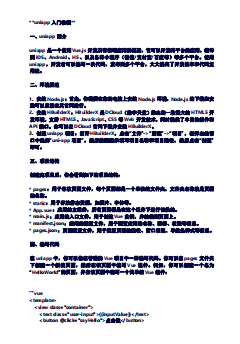为网友们分享了相关的编程文章,网友丁文彬根据主题投稿了本篇教程内容,涉及到python内置函数anext、python anext、python内置函数anext相关内容,已被799网友关注,内容中涉及的知识点可以在下方直接下载获取。
python内置函数anext
作用
anext() 是 Python 3.10 版本中的一个新函数。它在等待时从异步迭代器返回下一项,如果给定并且迭代器已用尽,则返回默认值。这是 next() 内置的异步变体,行为类似。
语法
awaitable anext(async_iterator[, default])
其中 async_iterator 是一个异步迭代器。 它接受一个可选参数,当迭代器耗尽时返回。
当进入 await 状态时,从给定异步迭代器(asynchronous iterator)返回下一数据项,迭代完毕则返回 default。
这是内置函数 next() 的异步版本,类似于调用 async_iterator 的 anext() 方法,返回一个 awaitable,等待返回迭代器的下一个值。若有给出 default,则在迭代完毕后会返回给出的值,否则会触发 StopAsyncIteration。
例子
import asyncio
class CustomAsyncIter:
def __init__(self):
self.iterator = iter(['A', 'B'])
def __aiter__(self):
return self
async def __anext__(self):
try:
x = next(self.iterator)
except StopIteration:
raise StopAsyncIteration from None
await asyncio.sleep(1)
return x
async def main1():
iter1 = CustomAsyncIter()
print(await anext(iter1)) # Prints 'A'
print(await anext(iter1)) # Prints 'B'
print(await anext(iter1)) # Raises StopAsyncIteration
async def main2():
iter1 = CustomAsyncIter()
print('Before') # Prints 'Before'
print(await anext(iter1, 'Z')) # Silently terminates the script!!!
print('After') # This never gets executed
asyncio.run(main1())
'''
A
B
raise StopAsyncIteration
'''
asyncio.run(main2())
'''
Before
A
After
'''到此这篇关于python内置函数anext的具体使用的文章就介绍到这了,更多相关python内置函数anext内容请搜索码农之家以前的文章或继续浏览下面的相关文章希望大家以后多多支持码农之家!









